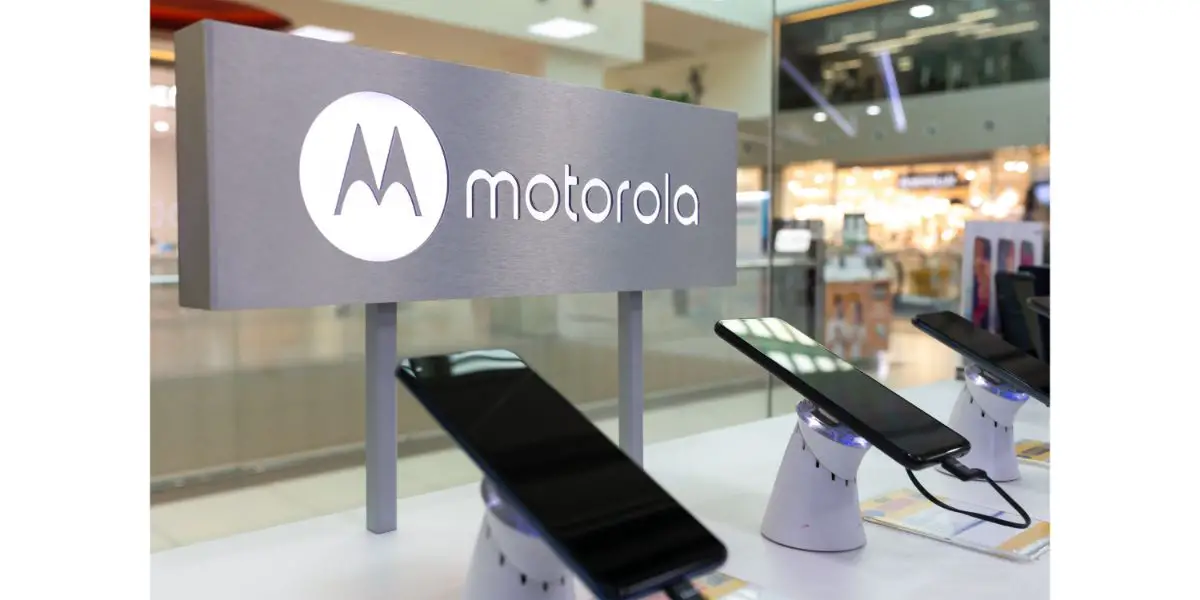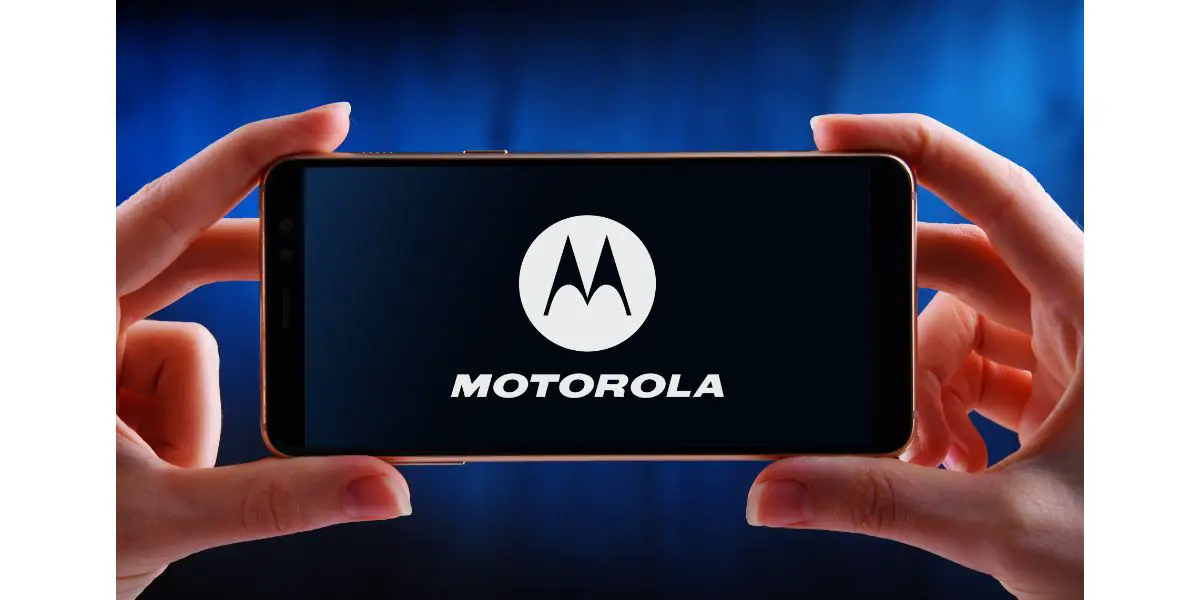Disclaimer: This post may contain affiliate links, meaning we get a small commission if you make a purchase through our links, at no cost to you. For more information, please visit our Disclaimer Page.
Motorola is like many favorite brands from the 90s and early into the new millennium. It went through an initial phase of immense popularity (introduced the world’s first commercial cell phone and two-way pager) before falling off the map. Now, they are in the middle of a semi-resurgence.
Motorola’s cell phones are so cheap for a number of reasons—brand, they are owned by Lenovo (a value brand manufacturer outside of PCs), they lack cutting edge and some general technologies, and they drop software support for each new phone very quickly.
Of course, there’s more to it than that. Nothing is cut and dry when it comes to a consumer electronics company. Like many consumer electronics companies over the decades, Motorola had its peak and is now nothing more than a value brand company.
Table of Contents
Lenovo’s Acquisition of Motorola
If not for Lenovo, Motorola may not be where it is today. In January 2014, Lenovo purchased Motorola Mobility from Google. The purchase included Moto G, Moto X, and Droid Turbo, with Moto G probably being the most recognizable of the brand today.
Lenovo then combined the mobile phone lines they acquired from Google with patents they acquired from NEC, a Japanese information technology and electronics corporation.
Lenovo later reorganized its business structure to include three divisions—PCs, smartphones, and smart collaboration devices (smart home products).
Motorola’s Post-Google History
While a company’s history is often far more interesting than it looks at a glance, we’re sticking with Lenovo’s acquisition in 2014 because the last 9 years are the most relevant.
Motorola Mobility had already produced and released the first Moto phones under Google’s parentage, and that would continue under Lenovo.
2016
- Moto Z – Upper mid-range phone with underclocked Snapdragon 820
- Moto Z Droid – Same but released as a Verizon exclusive
- Moto Z Play – Slower processor than Moto Z
- Moto Z Force Droid – Same as Play but released as a Verizon exclusive
- Moto M – stock Android with a MediaTek processor
Lenovo’s releases throughout the 2016 year were all Moto Z models and the highest-end version would be considered an upper mid-range phone in its day. These were released as ultra-thin phones with stock Android that Lenovo slowly and painstakingly upgraded over the next two years.
2017
- Moto Z2 Play – only a slightly upgraded processor over the Moto Z Play
- Moto Z2 Force – Same but exclusive to Verizon and considered to be the final Moto smartphone released with an “up-to-date” processor
- Moto C – a low-end device with a basic processor for the time
- Moto E – also low-end but slightly better than the Moto C
- Moto C Plus – More comparable to the Moto E
As you can see here, Motorola has a flagship phone but the very best releases are only upper mid-range smartphones. Some of the materials were manufactured in cheaper materials (depending on the phone) and post-sales software support was trivial at best.
2018
- Moto Z3 Play – low-end Snapdragon 6-series
- Moto Z3 – Last-gen Snapdragon processor
- 5G “Moto Mods” were released as well and had to be attached to an existing Moto Z smartphone
- Motorola One – mid-range replacements for Moto X products
2018 releases offered nothing remotely competitive with Samsung’s and Apple’s flagship smartphones. Lenovo’s original goal was to at least usurp Samsung in the Chinese Market.
It successfully knocked Apple out of the number 2 spot but not because it was a better phone—only cheaper.
2019
- Moto Z4 – Upper mid-range with Snapdragon 675
- Motorola One Vision – mid-range Samsung Exynos processor
- Motorola One Action – mid-range Samsung Exynos processor
2020 – 2021
Motorola announced the Moto Edge and Edge+ in 2020 and it was thought that Motorola was finally manufacturing a serious contender with Apple and Samsung. Now we arrive at the reason for all the bullet points and Motorola’s (or Lenovo’s) mistake.
Though the Edge and Edge+ were certainly premium smartphones, at least in concept, Motorola didn’t market either of them.
In a US market saturated with iPhones and Galaxy phones, it would be fair to say that barely anyone knew the Edge existed when it was released in 2021.
To top it off, the Edge came with an LCD screen and cheap plastic, yet was priced competitively with the iPhone 13 Mini, a superior phone in almost every aspect.
The Edge+ was the true flagship, but no one bought it thanks to an abysmal marketing campaign.
2022 – 2023
In 2022, Motorola released the successors to the original Edge and Edge+—the 2022 Edge+ and the Edge 30. However, once again, Motorola ran an abysmal marketing campaign and released an Edge + with a camera that was worse than the original Edge camera.
Motorola also released the Edge 20 in 2022. They didn’t release the Edge 20 or the Edge 30 in the United States, arguably its largest potential market. Both phones were nearly forgotten in less than a year, at least in the US market.
Why Are Motorola Phones So Cheap?
As you can see from the above bullet points, Motorola has a vast market of cheaper, mid-range to low-range smartphones available in the US.
The company’s attempt to produce flagship phones that contend with Samsung and Apple were poorly marketed, with some not even released in the U.S.
This kind of poor marketing strategy leads people to believe that Motorola phones are cheap, mostly because the cheap phones are the only ones they’ve ever seen. Motorola also has a terrible history with updating software.
If you buy a brand new Motorola phone, the year it comes out, expect about a year of software upgrade support, two at most. There are a few exceptions to that general rule, but not many.
Motorola built its power base on non-flagship phones. For most people in the US, Motorola is immediately associated with cheaper, throwaway phones because that’s what they know.
In the meantime, Motorola spent next to zero time marketing its actual flagship phone, so no one knows about it.
Does This Mean Motorola Phones Are No Good?
Not necessarily. What it does mean, is if you purchase a Motorola phone, you won’t get software upgrades for it very often and don’t expect to continue getting them for the long term.
Motorola is building a history of poor software service which won’t serve the company well in the long run.
Many people are more than happy with their Motorola phones, mostly because they own a flagship model and live in India or the UK.
Motorola spent far more attention and focus there when it comes to most of its flagship models.
Samsung and Apple dominate the US market because of their poor marketing, mostly subpar smartphone releases stateside, and terrible software support.
Right now, it doesn’t look like Motorola will change that. In fact, it doesn’t really seem like they’re trying.
All Things Considered
Motorola is certainly not a terrible company. They just don’t offer the best flagship smartphone choices in the U.S. When they release a competitive smartphone, they hardly market it and release most versions in other countries.
With a long history of being the generic cereal brand of the US smartphone market, Motorola would have to make huge strides to bring itself up to the same level as Apple and Samsung. For now, at least, it doesn’t look like it wants to.


